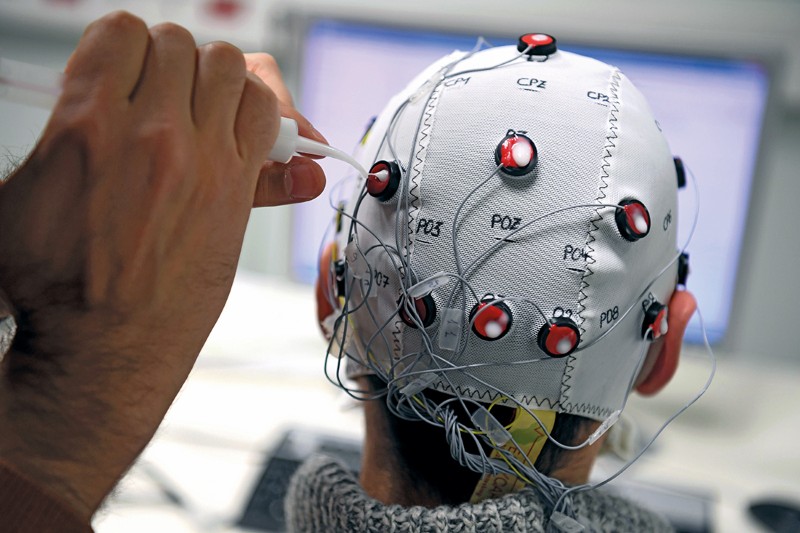Endovascular BCI company Synchron has implanted its device in a US patient for the first time, bringing the ground-breaking technology a noteworthy step closer to distribution.
With our reality feeling more and more like Black Mirror incarnate every day, it’s not often that I’m taken aback by news of the latest technological advances.
From the enigmatic growth of the metaverse and wising up of existing Artificial Intelligences to the various digital solutions being put forward in the face of climate change, I’ve made peace with the fact that I’ll likely witness a great deal more of this remarkable innovation during my lifetime (even if it does occasionally instil a sense of absurdism within me).
However, upon learning that brain-computer interfaces are no longer a thing of science fiction – or, more fittingly, straight out of The Entire History of You, an episode set in a future where people’s audio-visual senses are recorded allowing them to rewatch their memories – I won’t deny I was stopped in my tracks.
Devices that act as an intermediary between the human mind and computers are inarguably dystopian, after all.
Yet according to Synchron, the company behind the ground-breaking tech it recently implanted in a US patient for the first time, BCIs don’t have to be as ethically dubious as Black Mirror would have us believe.
This is because Synchron’s primary goal is to provide anyone who can’t move and speak with the power to communicate online just by thinking.
The estimated 5.6 million people living with a form of paralysis in America alone who can’t always access the virtual world that many of us regularly take for granted.
Working by eavesdropping on the signals emanating from the brain and converting them into commands that then enact a movement, the implant – which is called a Stentrode, has a mesh-like design, and is the length of an AAA battery – promises patients the ability to control a mouse and use it to click, so they can surf the web and use all of its services.

And although the technology itself isn’t novel (it’s actually been around for a couple of decades with Elon Musk’s failed attempt to get it off the ground in 2020 being the last time it made headlines), Synchron’s device stands out in particular because it’s non-invasive.





















